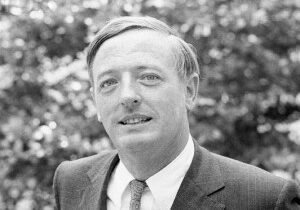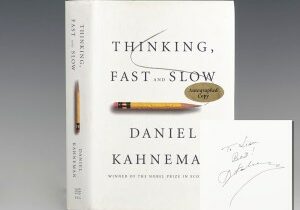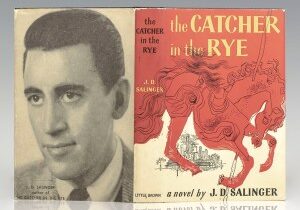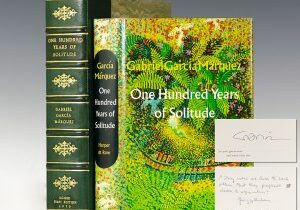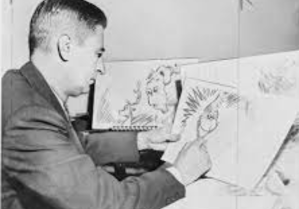Born in Sacramento, California on December 5th 1934, American journalist, novelist, and screenwriter Joan Didion created some of the most poignant portraits of American culture throughout the 1960s and 70s. Didion graduated from the University of California, Berkeley in 1956 and immediately began her career as a copywriter for Vogue, her work later appearing in Life, Esquire, and the Saturday Evening Post. Didion wrote her first novel Run, River in 1963 with editing assistance by John Gregory Dunne, the man she would marry a year later.
Didion’s electrifying first novel, Run River, provides a haunting portrait of a marriage rife with infidelities, at once absolutely idiosyncratic and a razor-sharp commentary on the history of California. The great-grandchildren of American pioneers, Everett and Lily McClellan’s story is a tragic epilogue to the pioneer experience, a tale of murder and betrayal told with nuance, sympathy, and suspense, which would become trademarks of Didion’s writing. “There hasn’t been another American writer of Joan Didion’s quality since Nathanael West…. [She has] a vision as bleak and precise as Eliot’s” (John Leonard, The New York Times).

First modern library edition of Joan Didion’s magnum opus: Slouching Towards Bethlehem; Signed by the author on the title page
Published in 1968, Didion’s first collection of essays, Slouching Towards Bethlehem was met with glowing reviews, confirming Didion as one of the most prominent writers on the literary scene. “In her portraits of people,” The New York Times Book Review wrote, “Didion is not out to expose but to understand, and she shows us actors and millionaires, doomed brides and naïve acid-trippers, left-wing ideologues and snobs of the Hawaiian aristocracy in a way that makes them neither villainous nor glamorous, but alive and botched and often mournfully beautiful. . . . A rare display of some of the best prose written today in this country.”
Published in 1970, Didion’s second novel, Play It As it Lays, tells the story of 36-year-old Maria Wyeth relayed through her own internal monologue and followed by short reminisces by her best friend and ex-husband. Recovering from a mental breakdown in a Los Angeles psychiatric hospital, the protagonist recounts the events that brought her there including memories of her dysfunctional parents, and both grim and glamorous acting career. Full of symbolism, rattlesnakes appear frequently throughout the book denoting danger and the threat of male predators.

First edition of A Book of Common Prayer; Warmly inscribed by Joan Didion in the year of publication
Published in 1977, Didion’s fourth novel A Book of Common Prayer is the story of two American women in the derelict Central American nation of Boca Grande. Grace Strasser-Mendana controls much of the country’s wealth and knows virtually all of its secrets; Charlotte Douglas knows far too little. “Immaculate of history, innocent of politics,” she has come to Boca Grande vaguely and vainly hoping to be reunited with her fugitive daughter. As imagined by Didion, her fate is at once utterly particular and fearfully emblematic of an age of conscienceless authority and unfathomable violence. “An articulate witness to the most stubborn and intractable truths of our time, a memorable voice” (Joyce Carol Oates, The New York Times Book Review).
Like her previous book Slouching Towards Bethlehem, The White Album, published in 1979, is a collection of works previously published in magazines such as Life and Esquire. The subjects of the essays range widely and represent a mixture of memoir, criticism, and journalism, focusing on the history and politics of California in the late 1960s and early 70s. With the publication of The White Album, Didion had established herself as a prominent writer on Californian culture. As the New York Times has said, “California belongs to Joan Didion.” The title of the book comes from its first essay, “The White Album,” was chosen as one of the 10 most important essays since 1950 by Publishers Weekly.
In addition to the fine first editions featured above, our collection currently includes first editions of Didion’s 1987 work Miami and 2001 essay collection Political Fictions. Browse all of the works of Didion currently in our collection here.




